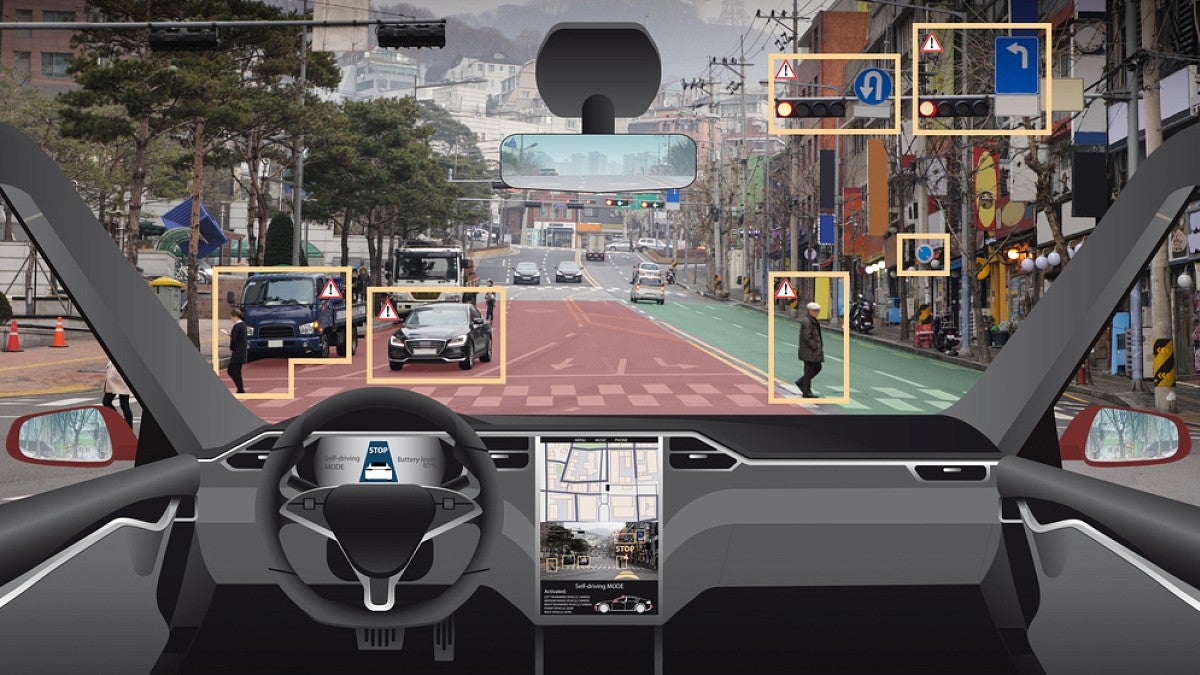In the not-too-distant future urban areas are expected to see a shift from individual automobile ownership to a broad alternative use of readily available rideshare services including autonomous vehicles to get around.
The shift, however, could leave some people, particularly older adults with variety of cognitive and physical impairments, struggling to negotiate both accessibility and the technology involved in the process, according a new report co-authored by two researchers in the University of Oregon’s Urbanism Next Center.
Done in collaboration with the AARP and nonprofit Rand Corp., the report published by the AARP Public Policy Institute provides a framework for research that addresses accessibility and helps to guide governments and private sector companies involved in the transformation with a checklist for thinking about impacts and barriers.
“What became clear in our research is that older adults face a number of direct and indirect barriers to fully engage in new mobility options,” said Nico Larco, director of Urbanism Next and co-director of the UO’s Sustainable Cities Initiative.
“The transportation revolution is not being built now with them in mind,” he said. “While there are companies and local governments seeking to address issues that are critical to older adults, harder-to-serve populations are getting little attention.”
The report, “Older Adults, New Mobility, and Automated Vehicles,” is based on a review of transportation literature, interviews with public- and private-sector players involved in urban planning and a roundtable discussion with 25 U.S. experts.
Among the concerns noted are issues of autonomous vehicle safety, from personal injuries to crash prevention to protection of pedestrians, as well as accessibility issues, including the use of smartphones for hailing services and paying online, affordability, and cognitive, physical and language barriers.
Also addressed are supply-side factors, including vehicles that can accommodate goods or personal mobility-assistance items, and such things as consistent service availability and safety, especially under differing weather conditions.
The report’s five co-authors also noted that urban planners will need to address the infrastructure for curb and sidewalk management, safe pickup and disembarking areas for users and sufficient public transportation alternatives to meet riders’ special needs.
“One thing that is absolutely clear is the need for further research and discussion,” Larco and report co-author Tiffany Swift wrote in a blog post about the report on the Urbanism Next website. “We need a better understanding of the opportunities and pitfalls offered by AVs and shared mobility. We need to understand how individuals with multiple limitations (economic, geographic, physical and/or cognitive) are able to use or not use these services.”
Co-authors with Larco and Swift on the report were the Rand Corp.’s Laura Fraade-Blanar, Ryan Best and Marjory S. Blumenthal. The AARP Project Manager for the report was Jana Lynott.
—By Jim Barlow, University Communications


